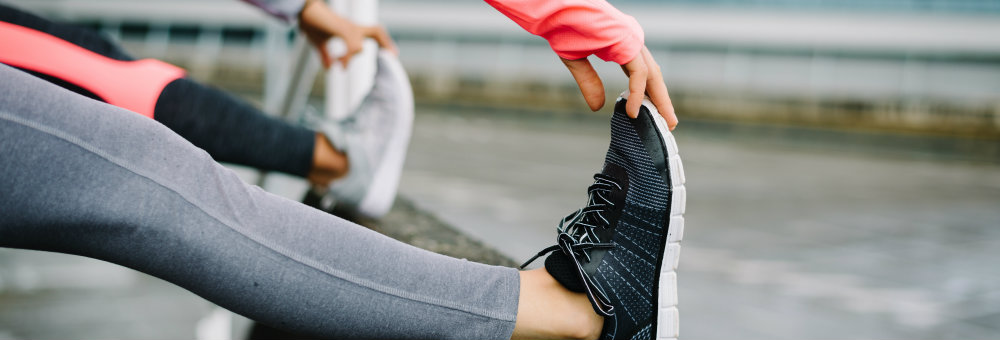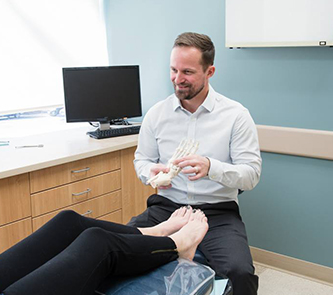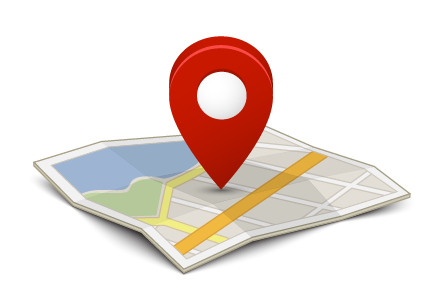Heel Health in the Northeast
You may have noticed:
We’ve changed our name!
(But there’s no need to worry, we aren’t changing our focus on comfortable and compassionate care for you and your family. You will still receive the exceptional foot care you deserve!)
The podiatry practice you’ve come to know and love as Portsmouth Foot and Ankle is now Northeast Foot and Ankle—a change we’ve made to reflect the fact that we provide care for community members from more than only Portsmouth. And if you think about it, our former name didn’t even allude to our second office in Nashua, right?
So we are going forward as Northeast Foot and Ankle, which better displays our commitment to providing the best possible podiatric care for our neighbors who live and work here in our region.
And speaking of “our region”…




Heel Health for All Our Seasons!
Of course, if you are a fellow Northeastern, you’re well aware of the fact that we have four distinct seasons (which isn’t the case everywhere throughout the U.S.). That can mean a lot of different things—with one of them being the fact there is a wide range of activities you might participate in throughout the entire year. At Northeast Foot and Ankle, we want you to have every possible opportunity to participate in your favorite activities. Further, we know how important your lower limbs are for that, which is a key reason we practice podiatry. Remember, when your feet and ankles feel awesome and function as intended, you have numerous options. The thing is, feet and ankles don’t always feel awesome and function as intended. These valuable appendages are highly-structured and endure tremendous force loads, which means: Foot pain and difficulty happens. And one of the most common issues is heel pain. We all take this for granted, but our feet face a lot of pressure. In addition to supporting our bodyweight when standing—which is something that can be taxing in and of itself—walking and running increase the amount of physical forces placed on the lower limbs. As a matter of fact, heels can receive forces up to four times your bodyweight when you jog or run! We don’t want this problem to take away your options in life—or turn necessary tasks into miserable experiences. The good news about heel pain is that most cases can be successfully treated with conservative care (and don’t require surgery). Even better, there are preventative measures you can use to lower your risk of having an issue arise in the first place. Now, something you should keep in mind is this: When you don’t take measures to address a health issue, it will generally become more severe over time—which is something that easily happen with heel pain. So that minor, nagging injury that would be easily treated with conservative care can become the source of tremendous pain. And that’s an unfortunate situation because early treatment could have resolved the issue for you rather easily.Common Sources of Heel Pain
When it comes to the various causes of heel pain, some of the more common ones include:- Plantar fasciitis. The leading cause of heel pain for adults, this condition develops when the plantar fascia—a fibrous band of tissue running along the bottom of the foot—sustains tears on account of excessive stress. It is common to have sharp, intense pain in the bottom of the heel, particularly following sleep or extended periods of rest or inactivity.
- Achilles tendinitis. When intense physical activity is suddenly performed, or the Achilles tendon becomes inflamed due to overuse, you can develop pain in the back of the heel. You will find this to be strongest during and following physical activity.
- Sever’s disease. Plantar fasciitis is the most common source of heel pain for adults, but this is the leading cause for adolescents. When the lower limbs are developing, the heel bone can sometimes reach physical maturity before the Achilles tendon. This causes pulling in the back of the heel, and the pain is often increased with physical activity.

Heel Pain Prevention for Runners
With regards to plantar fasciitis and Achilles tendinitis, a potential root cause is overtraining—and especially from running. We mention that because the fall season here in the Northeast is a great time to be a runner. Between cool, comfortable temperatures and the natural beauty of leaves changing colors, there are many days where it would be a shame not to go for a run! As we’ve noted, our hope is that you will have every opportunity possible to perform your favorite activities. To that end, we have some good news—you can lower your risk for plantar fasciitis and Achilles tendinitis with some proper stretching. Stretches you should use include:- Achilles tendon stretch. Stand approximately a foot and a half in front of a wall with your hands on it. Place your left foot behind the right one so the toes touch the heel. Keeping your back leg straight, bend your front knee until you feel the stretch in your lower left leg. Hold for 10 seconds and then switch legs. Repeat two more times.
- Plantar fascia stretch. Sit barefoot in a chair and place your foot over your knee. Using the hand on the same side as your foot, gently pull back on your toes until you feel a good stretch along the bottom of your foot. Hold for 10 seconds and then switch feet. Repeat two more times.
- Eccentric heel drop. Standing on the edge of a step (with only the toes and ball of foot making contact with the step) and facing the stairs, slowly lower both heels down, hold for 10 seconds, and then raise back up to the starting position. Repeat 10-15 times.
- Choose the right footwear. There are two facets to this—wear running shoes and make sure they fit. In theory, you can run in any type of shoe, but running shoes are intended for this activity. Naturally, an ill-fitting pair of running shoes will not provide optimal protection and support, so choose ones that fit correctly.
- Ease into it. Trying to do too much too soon is a surefire recipe for injury. If you haven’t run for a while (or ever), you might want to start with a walk/run mix. Four minutes walking, followed by 1 minute of easy running or jogging (and then repeating the sequence) is a smart way to begin your new workout program.
- Warm up and stretch first. You need to properly prepare your body before engaging in physical activity, and this means taking time for a warmup and some dynamic stretching.

Treating Heel Pain
There are several different nonsurgical components we could potentially incorporate into your heel pain treatment plan, including:- Rest. Taking time away from high-impact activities or, even better, replacing them with low-impact ones (cycling, swimming) will better allow your body to repair damaged tissues.
- Ice. An appropriate icing regimen can relieve inflammation in the plantar fascia or Achilles tendon and reduce pain.
- Stretches. As noted, keeping the soft tissues in your lower limbs can help relieve painful symptoms, and also prevent the condition from becoming a recurrent issue.
- Medication. We may recommend or prescribe certain pain relievers (including ibuprofen and naproxen), or use corticosteroid injections to provide relief. The specific medication will depend on various factors.
- Orthotic devices. For some patients, we either recommend certain inserts or prescribe custom orthotics. Devices like these can help by more equitably distributing force loads – so your connective tissues do not have to shoulder too much of the load.
- Braces: Depending on the issue you are having the use of a supportive brace while your body heals can benefit your pain and accelerate the healing process.
Professional Heel Pain Treatment for When You Need It
Heel pain is something that should never be ignored, especially because it’s easy to receive the care you need here at Northeast Foot and Ankle. Plus, the problem is not going to go away on its own unless proper measures—such as a professional treatment plan—are followed. We treat a wide array of foot and ankle conditions for patients from across the greater New Hampshire communities, so contact us for an appointment today at either our Portsmouth or Nashua offices and let us help you find the relief you deserve. Call us at (603) 431-6070 or connect with us online right now!Pay Your Bill
Make a payment online through our payment portal or Care Credit!
Portsmouth Office
14 Manchester Square, Suite 250
Portsmouth, NH 03801
Nashua Office
17 Riverside Street, Suite 205
Nashua, NH 03062
© Northeast Foot and Ankle, LLC | Privacy Policy | Notice of Nondiscrimination | Terms & Conditions
Website Hosted by SC Digital
Website Hosted by SC Digital



